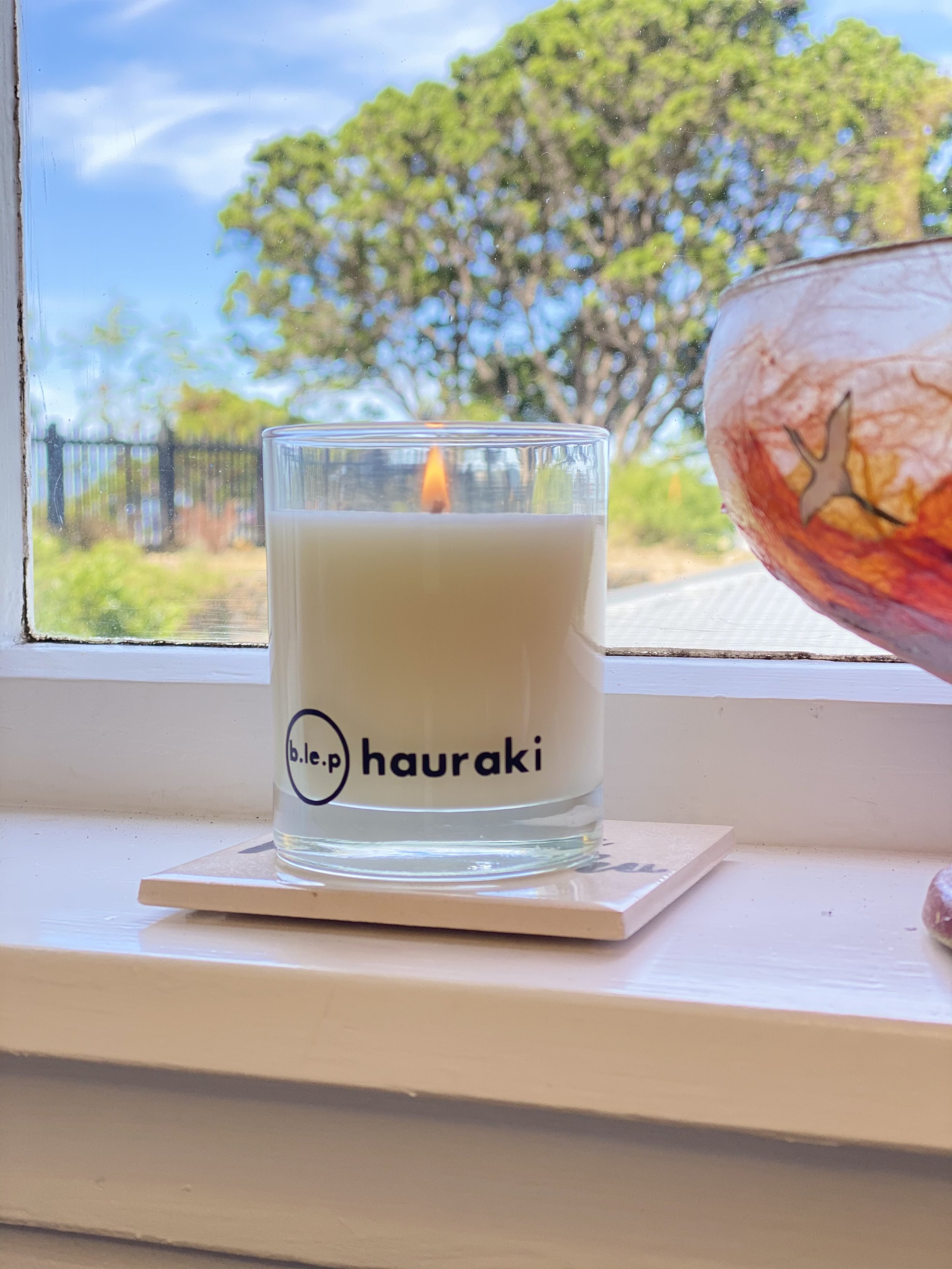introducing hauraki
our hauraki candles are inspired by the beautiful native pōhutukawa tree that blooms across the upper north island of new zealand. sometimes known as the new zealand christmas tree, due to the tree blooming with bright red to dark crimson flowers each december, the pōhutukawa (metrosideros excelsa) is a multi-trunked spreading tree that can reach up to 25 metres (82 feet) in height.
pōhutukawa flower
photo by Jocey K is licensed with CC BY-SA 2.0
the native home for the pōhutukawa tree is the warmer northern north island coastlines, but could also be found as far as taranaki and the māhia peninsula in the south. over generations the tree has made its way further south and be found mixing with the similar looking but skinnier and taller rātā (metrosideros robusta) in suburban wellington.
sitting between the city of auckland and the pacific ocean is the hauraki gulf. this aquatic playground is predominantly made up of a marine park and you can regularly see common and bottlenose dolphins playing in the water, along with common visits from whales and orcas. across the hauraki gulf’s extensive coast and islands the pōhutukawa can be found, often clinging on the edge of cliffs as if their existence depended on it.
māori found many uses for pōhutukawa, with the dense and strong wood being used to make beaters and extracts made for rongoā – traditional medicine – to use for wounds, sort throats, diarrhoea, and dysentery. pōhutukawa has a subtle fragrance, which leads the soft floral fragrance of our hauraki candles. this, combined with other light floral fragrances and the delicate notes of spice, evokes the summery breeze experienced from the deck of your bach on the coromandel peninsula to the beaches of waiheke island to the picnic benches on the shores of the hibiscus coast.
today the pōhutukawa and its cousin the rātā are under threat from the invasive fungus austropuccinia psidii, more commonly known as myrtle rust, which first arrived in new zealand in 2017 and has slowly been making its way south throughout the country. this disease can deform the pōhutukawa, stunt its growth, or even kill it. project crimson are a charitable conservation trust that work with organisations, schools, communities, and iwi across new zealand to advocate for the protection and restoration of pōhutukawa and rātā through environmental education programmes. you can find out more about project crimson at projectcrimson.org.nz.
looking out over the hauraki gulf to rangitoto island from okahu bay
photo by GPS 56 is licensed with CC BY 2.0



